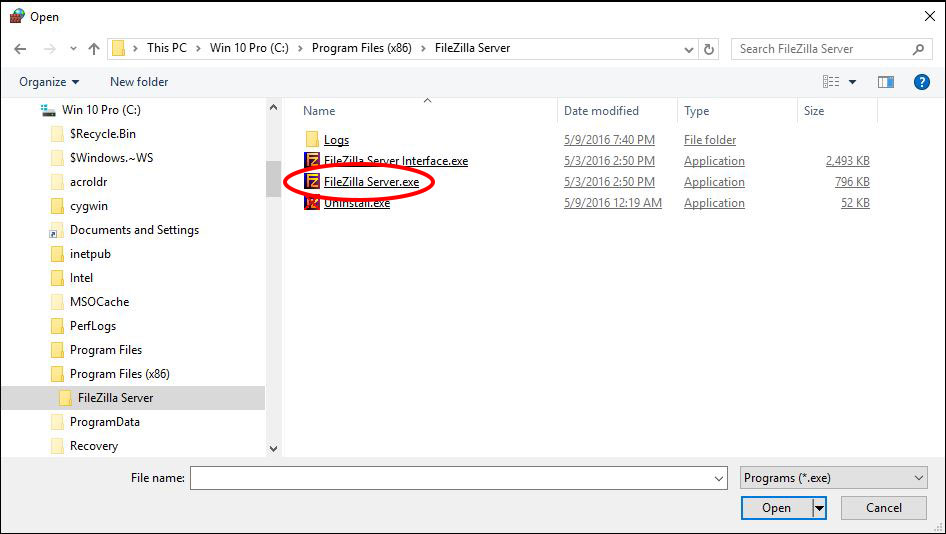
Click “next” and you’ll get the authentication screen.If you’re configuring a business site, make sure to choose “ require SSL” option, as it will add an extra layer of security to the transfer.In this screen, change SSL setting to “no SSL.” Leave the other default settings.Just depends on your personal preferences. Alternately, you can also choose to create a new folder to store your FTP files. Give a name to your site and enter the path of the FTP folder that you want to use to send and receive files.This will create an FTP connection for you. Right-click “sites” and choose “add FTP site” option.In the next window, expand the folders on your left side pane and navigate to “sites.”.Double-click Internet information services (IIS) manager.
#Set up ftp server windows
Open power user menu with Windows + X shortcut.The steps for this process are as follows. Once you have installed the FTP server, the next step is to configure it. Once the installation is done, click the close button.Finally, click the OK button to start the installation.Below “Internet information services” folder, you’ll find another folder called “Web management tools.” Check that folder too, and leave the default options.Make sure to check the option called “FTP extensibility” as well.

Expand the folder called “Internet information services” and check the “FTP server” option.

You can use the Windows + X keyboard shortcut to get to the Power User menu.

For starters, it is private and you have complete control over who is accessing it and what is being transferred. Having your own FTP server gives a ton of benefits.


 0 kommentar(er)
0 kommentar(er)
